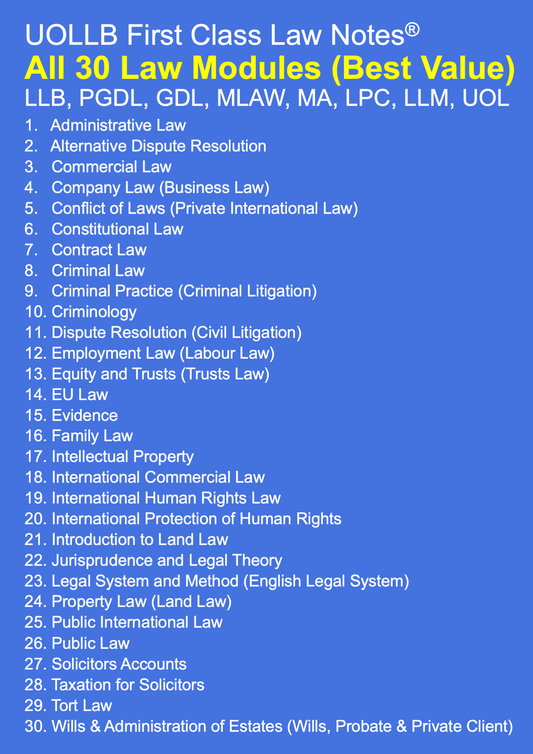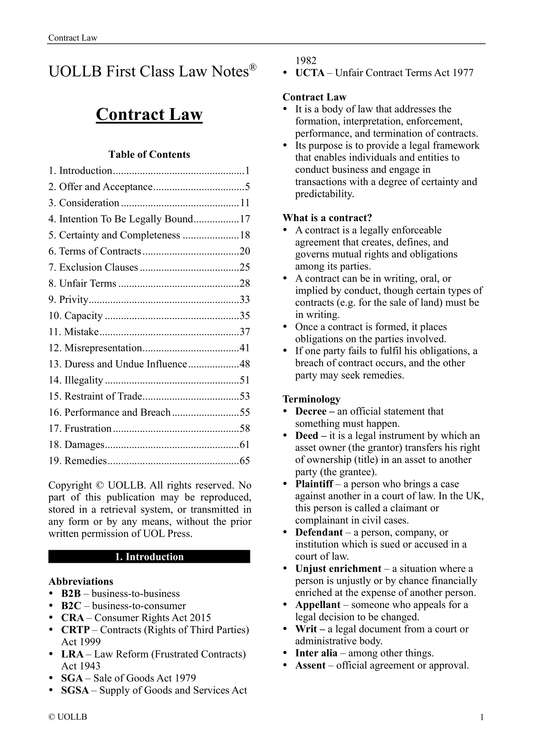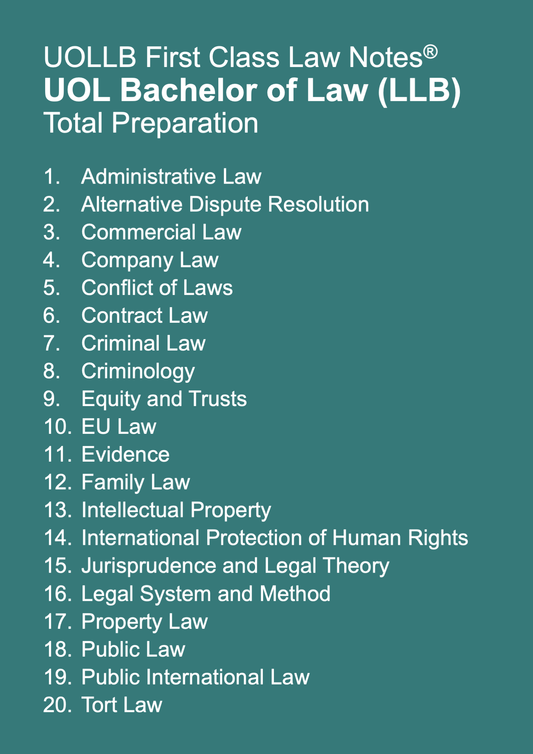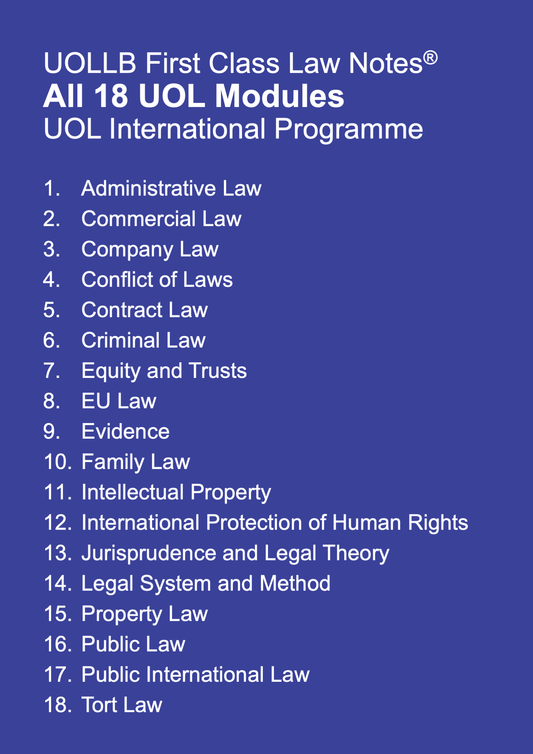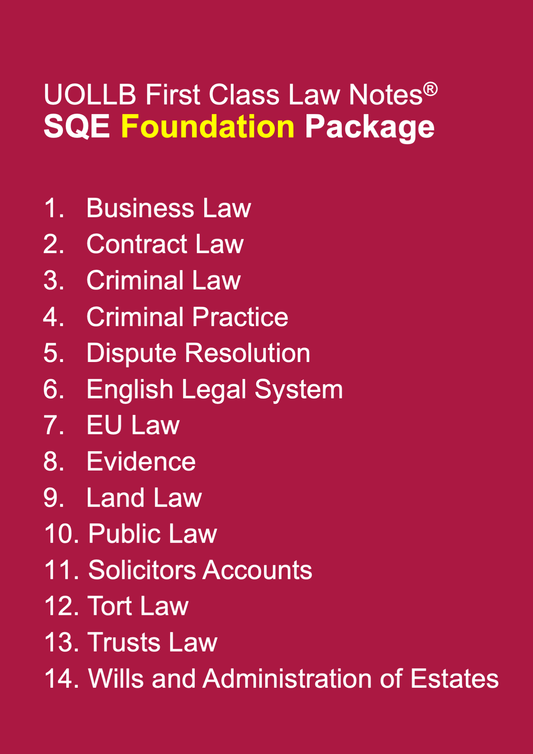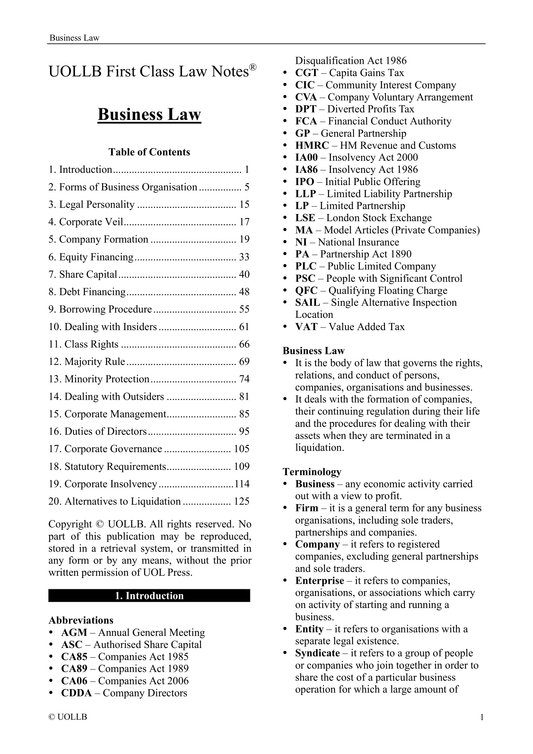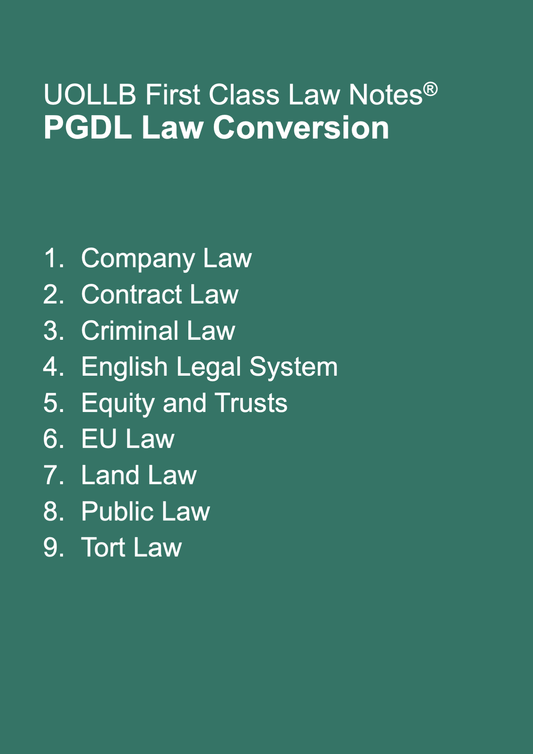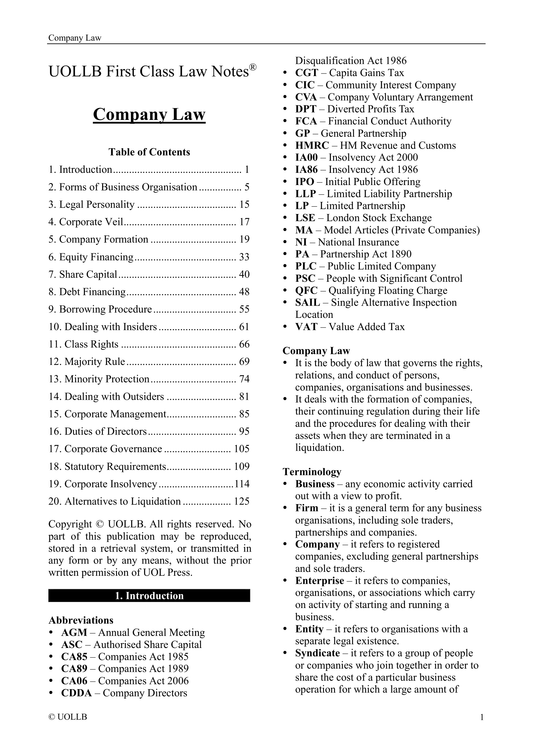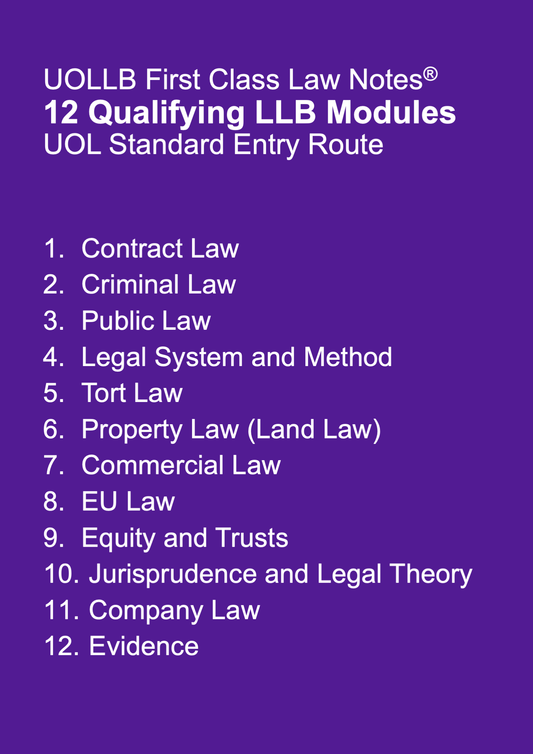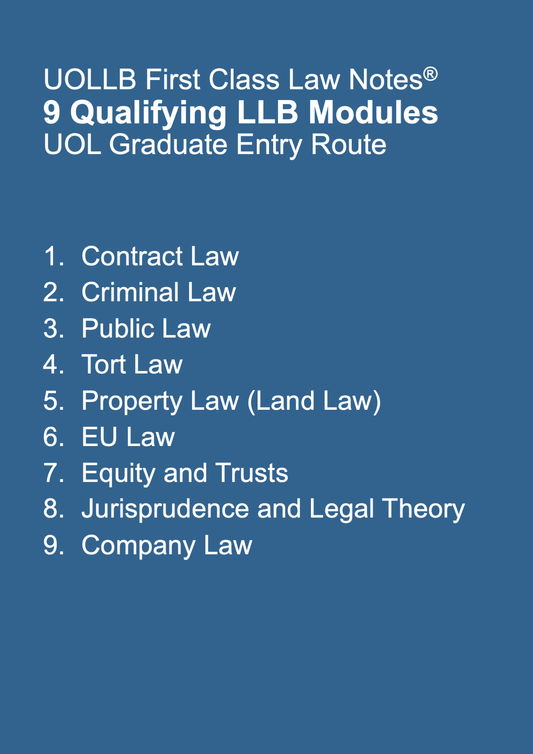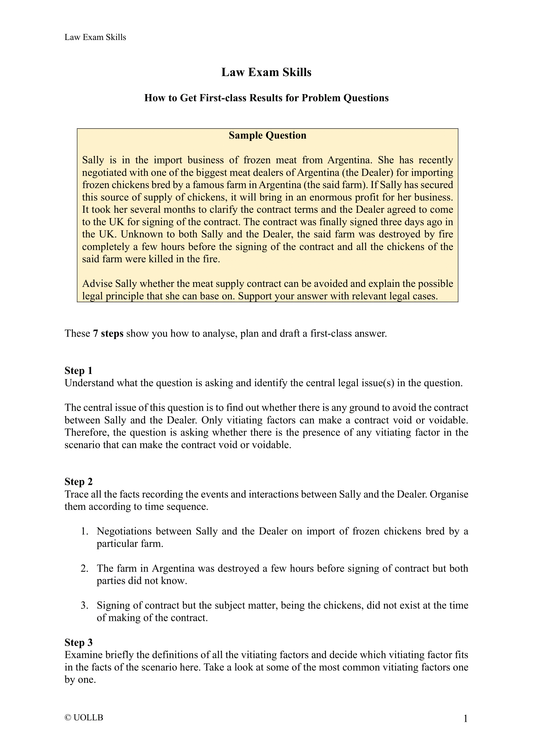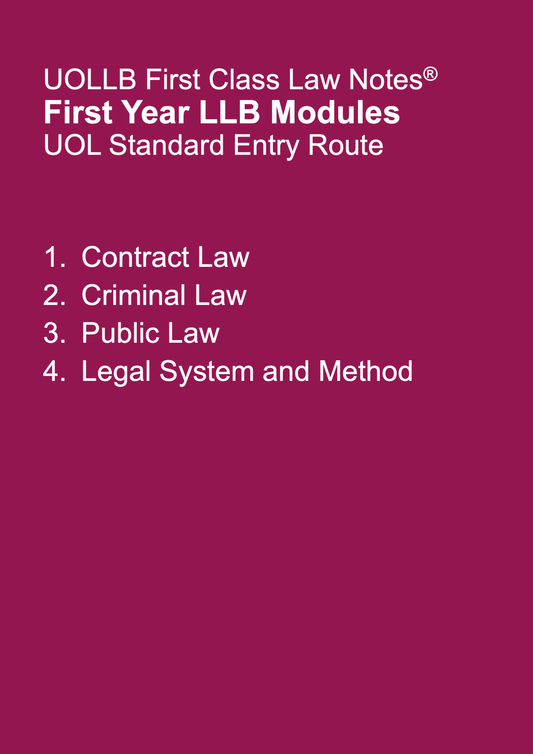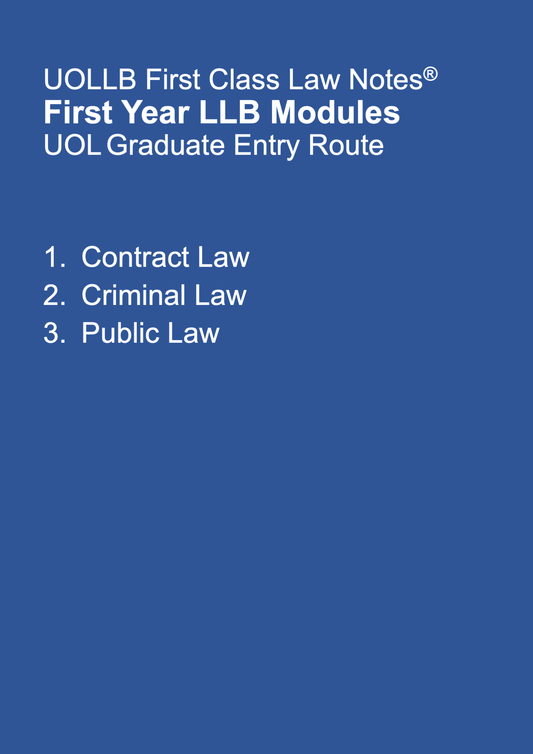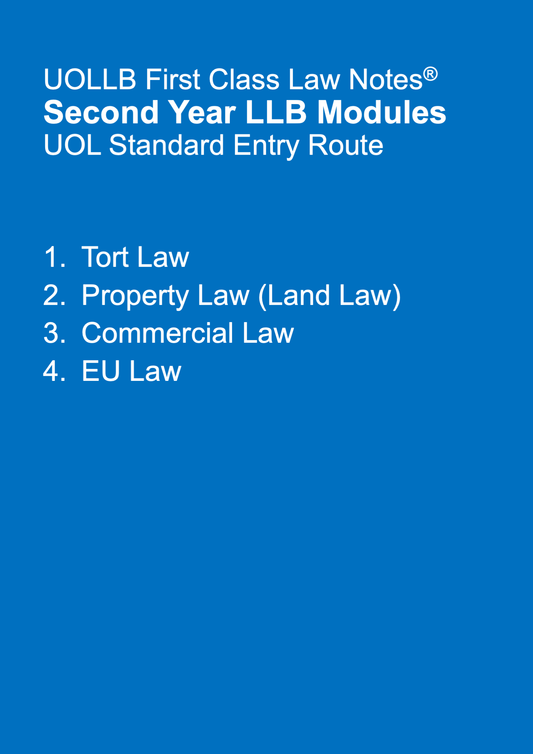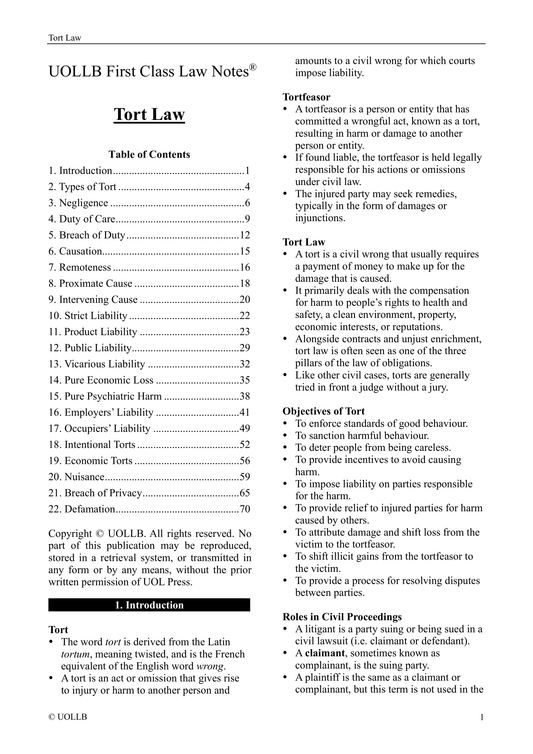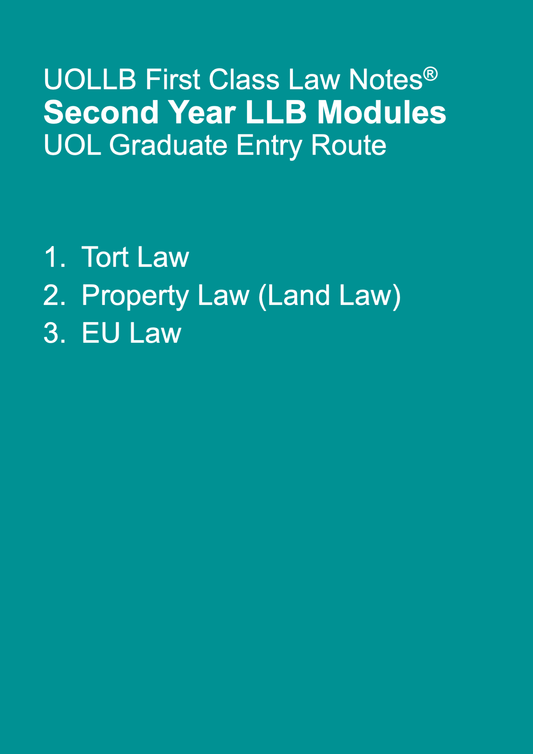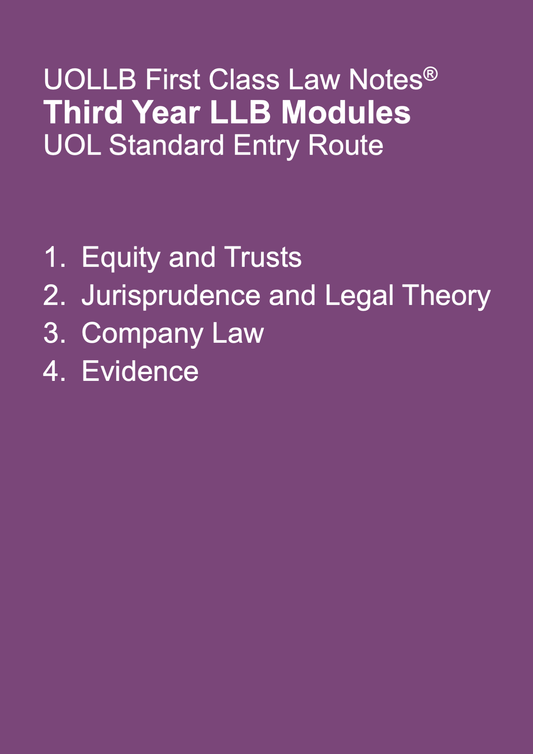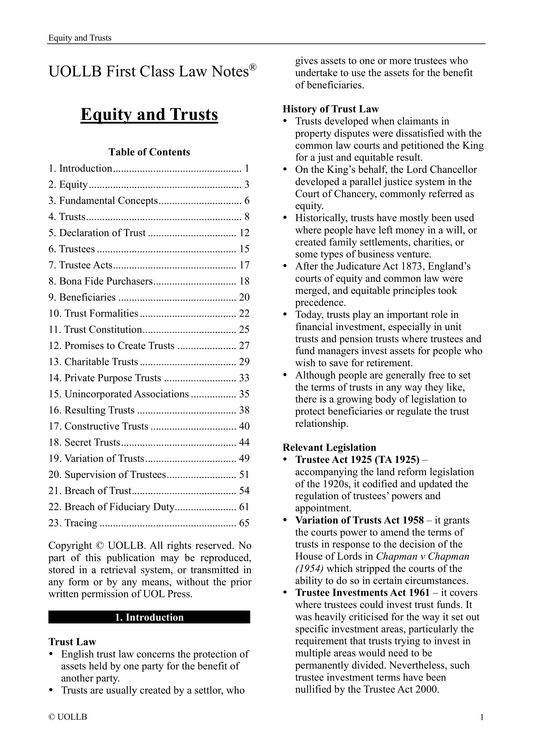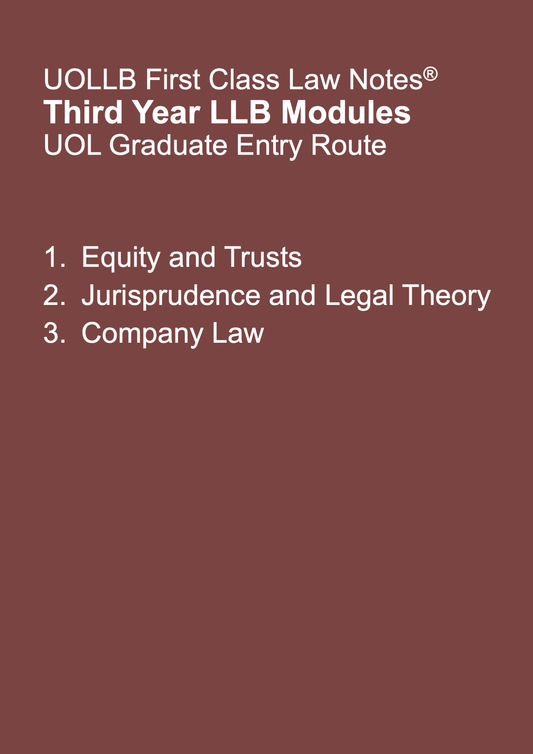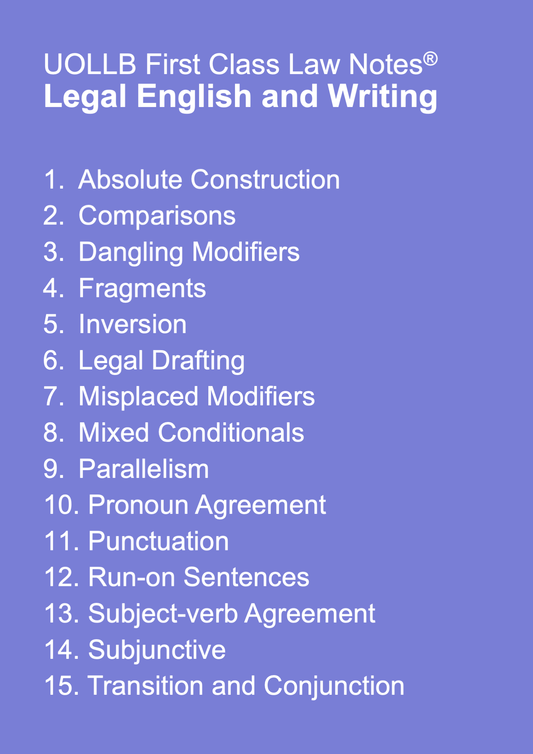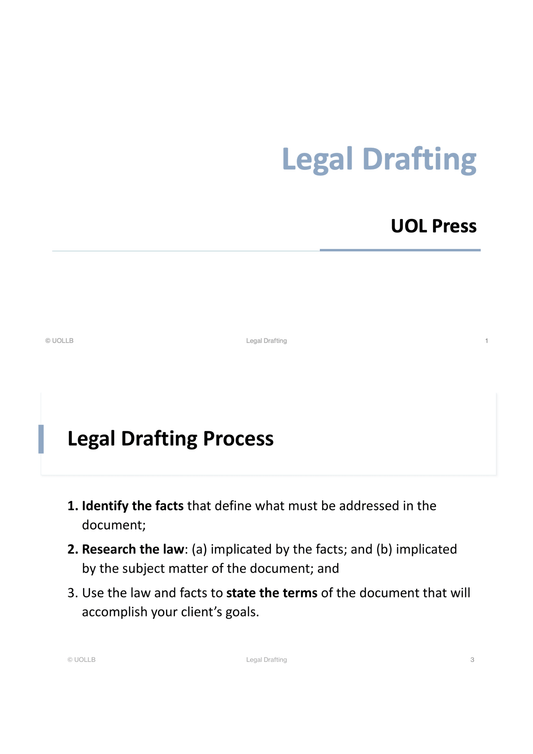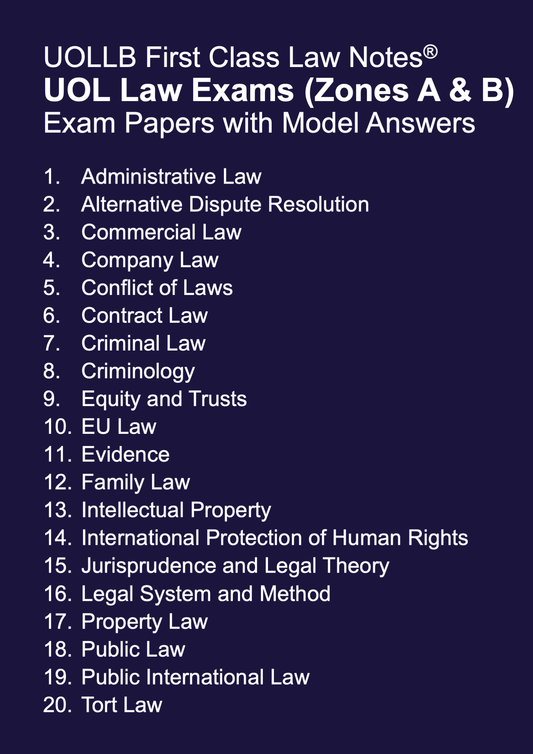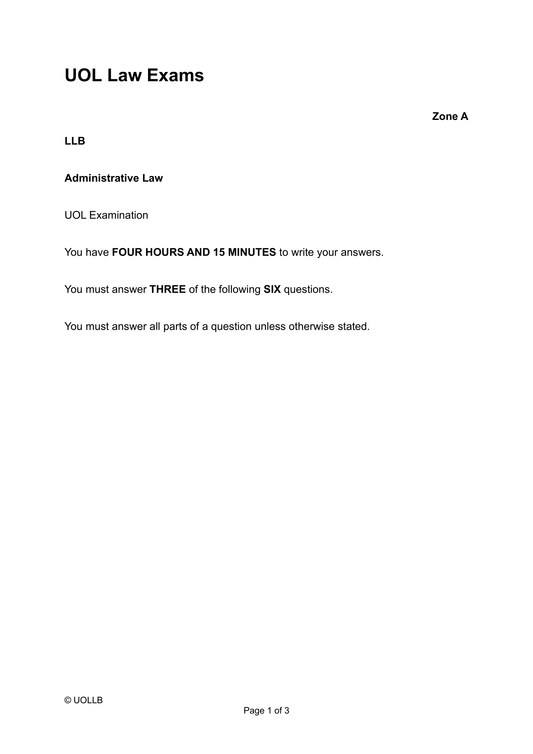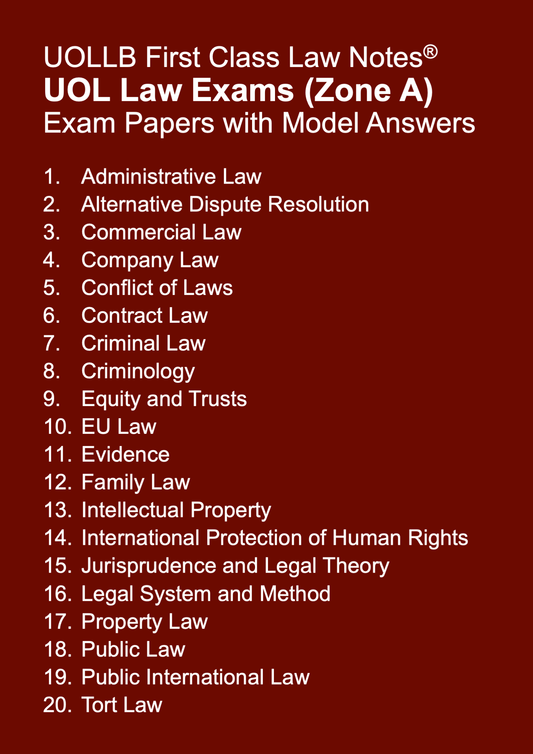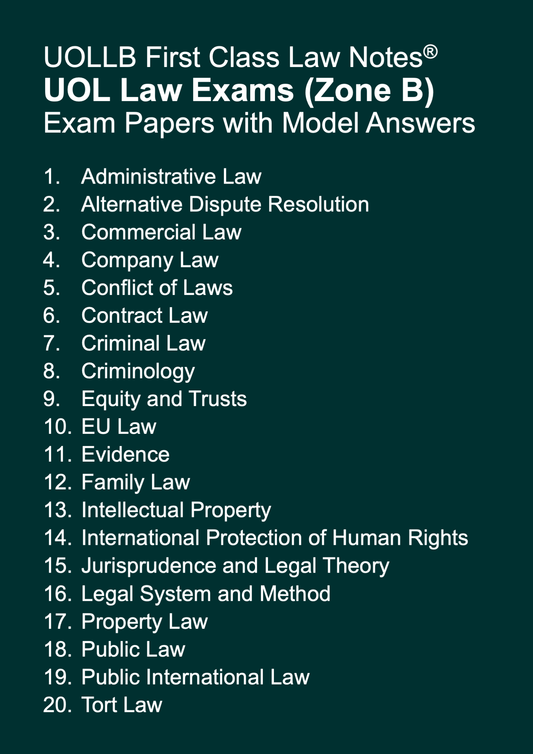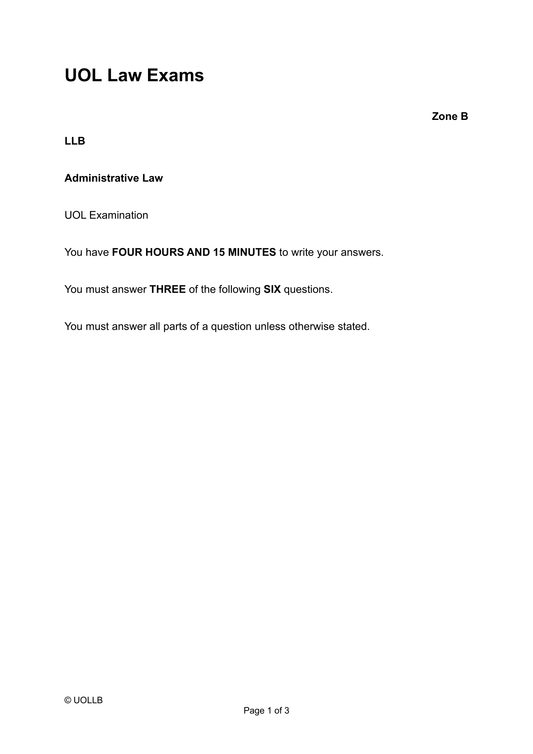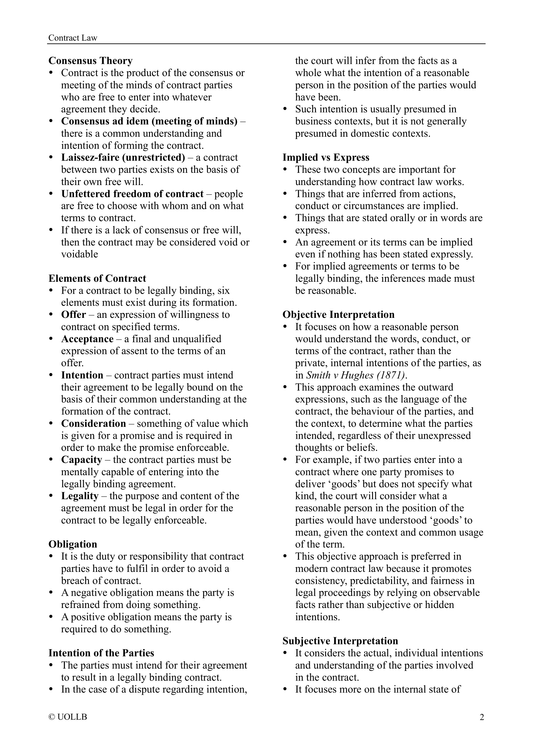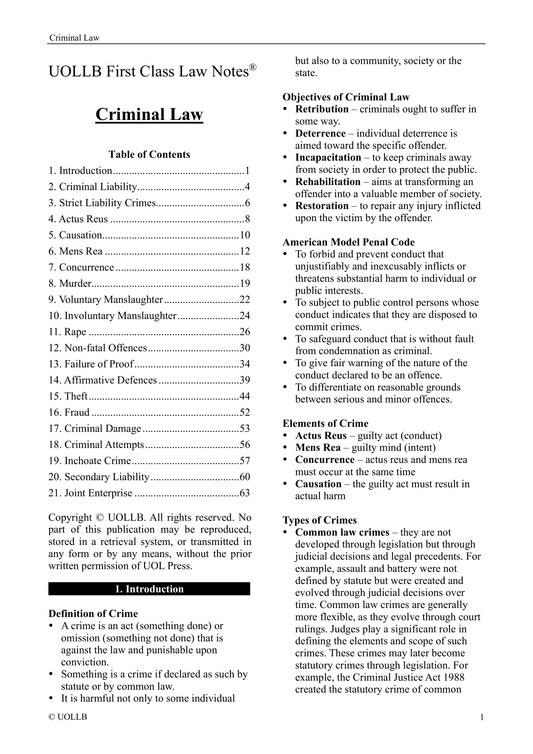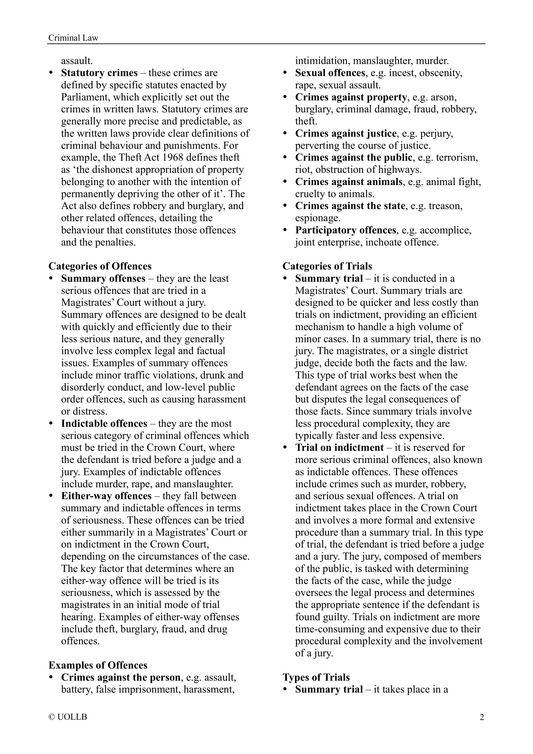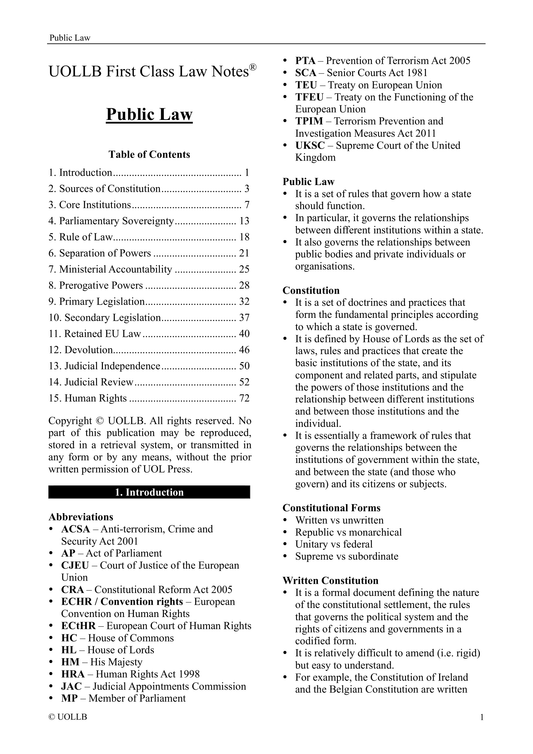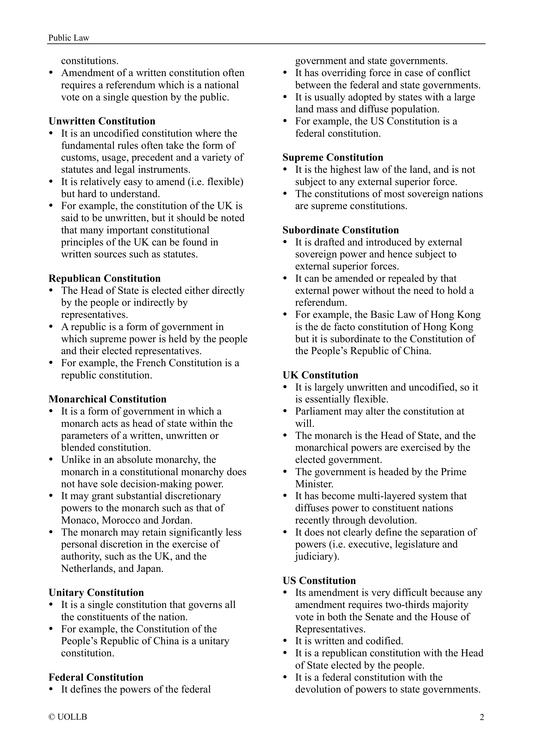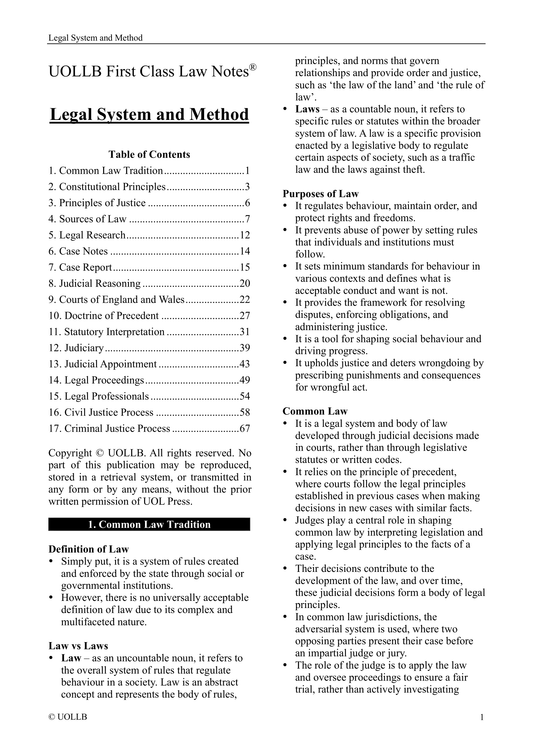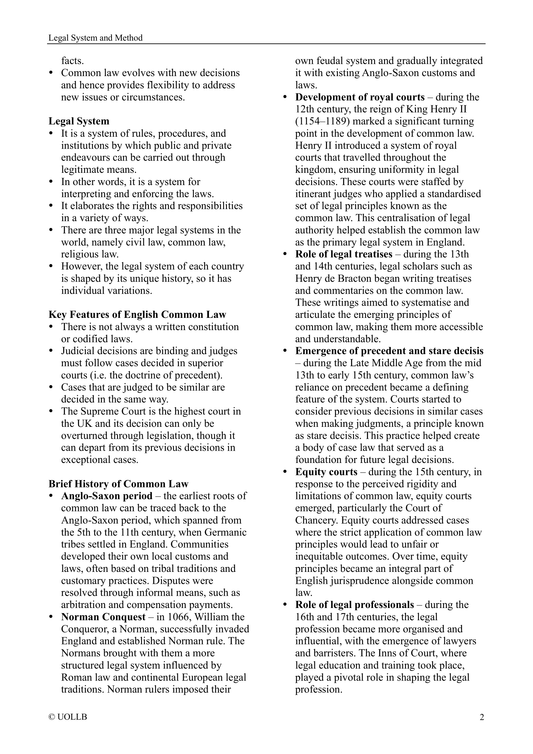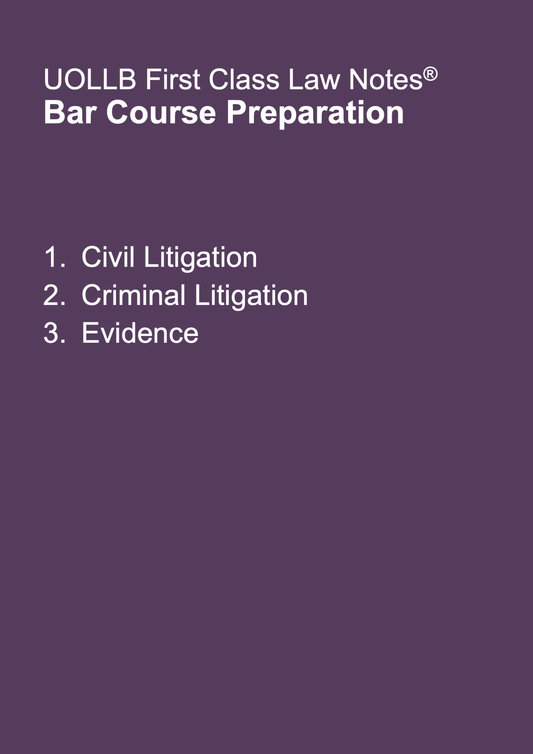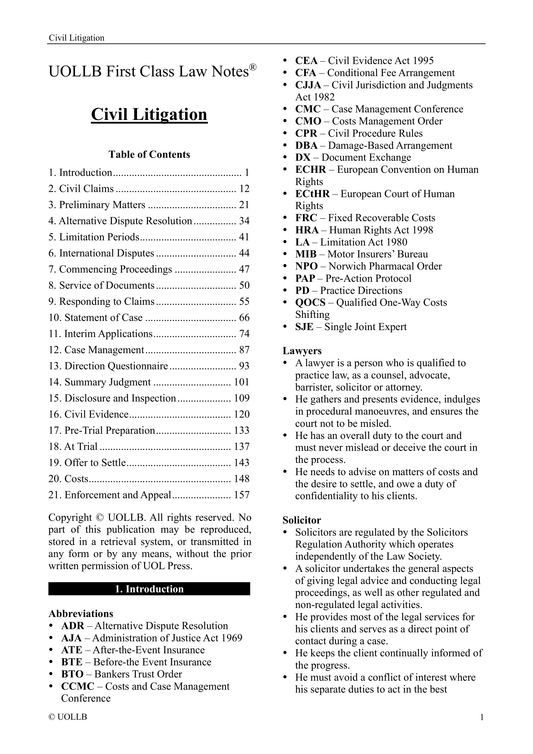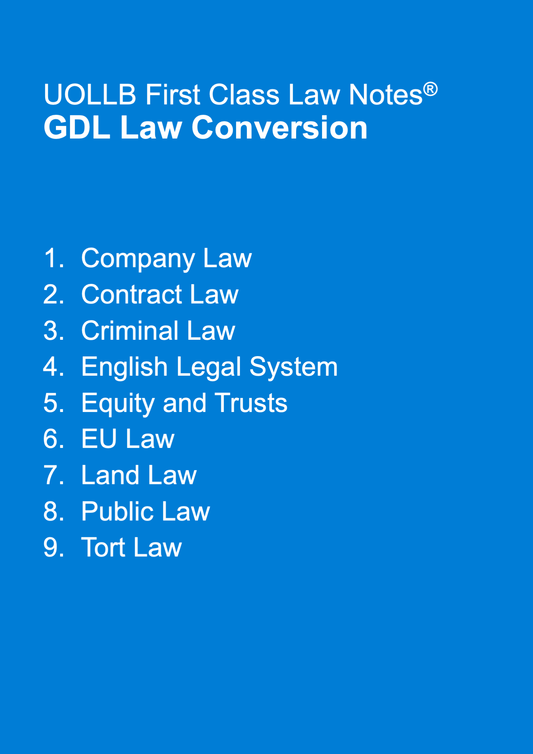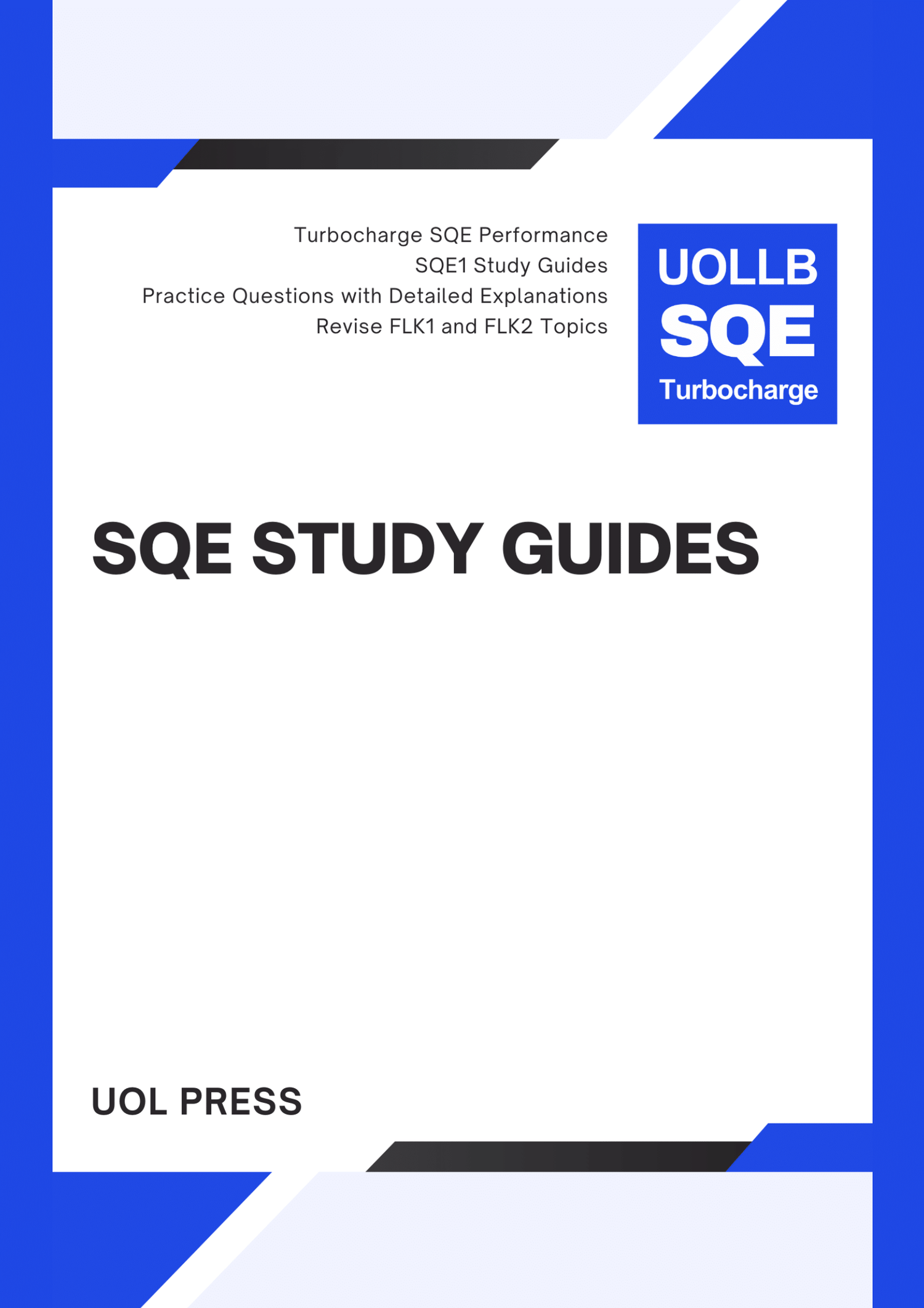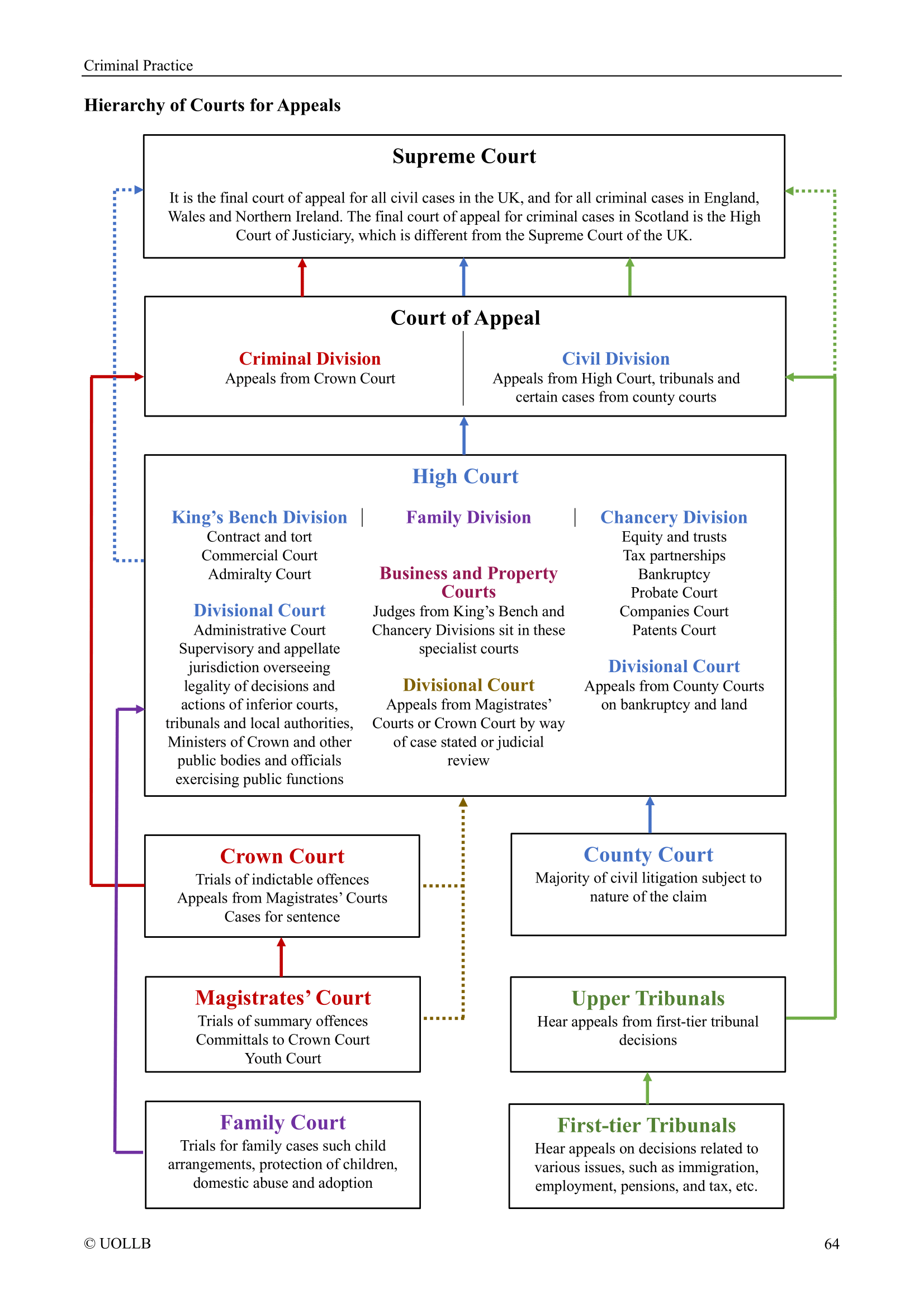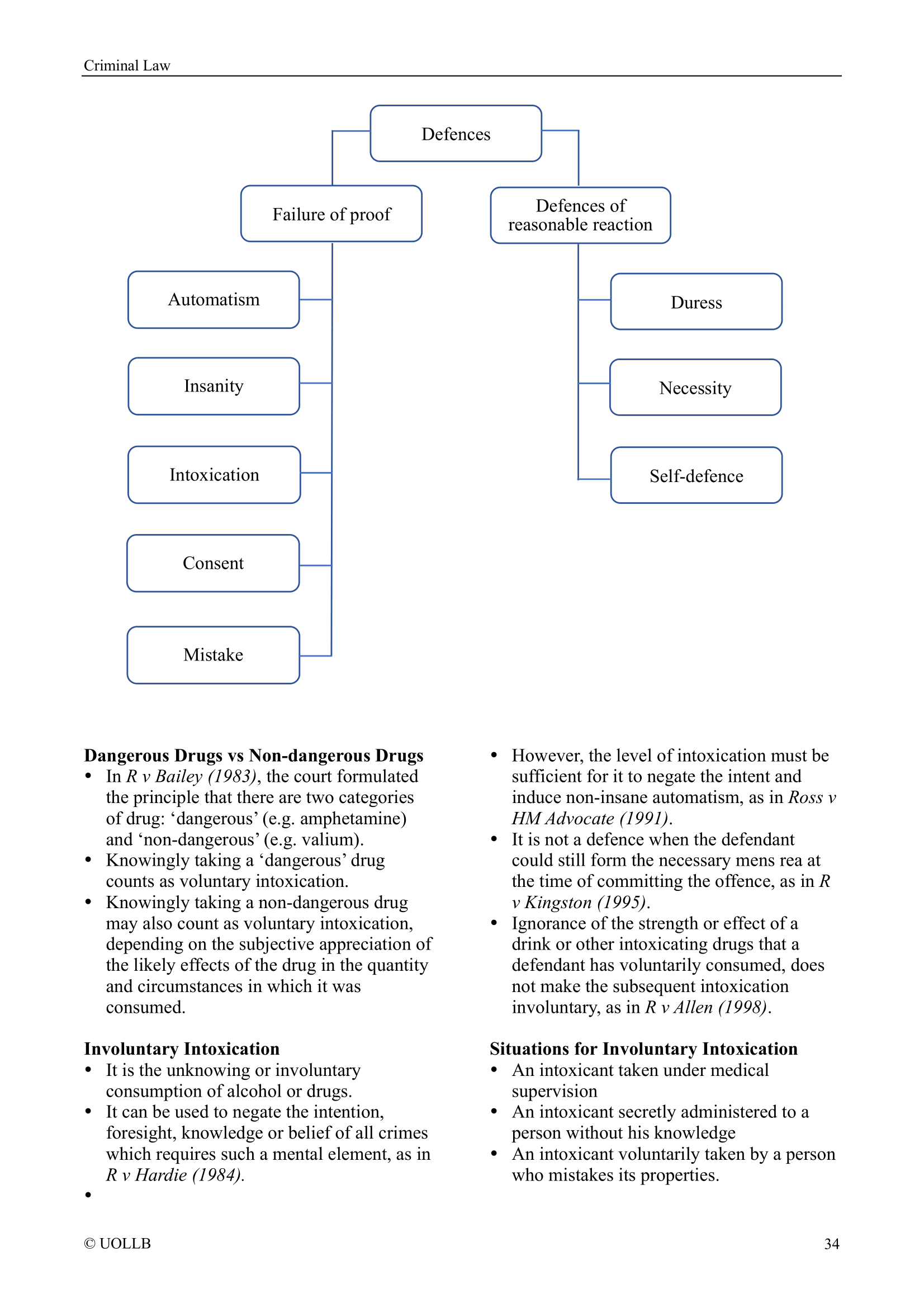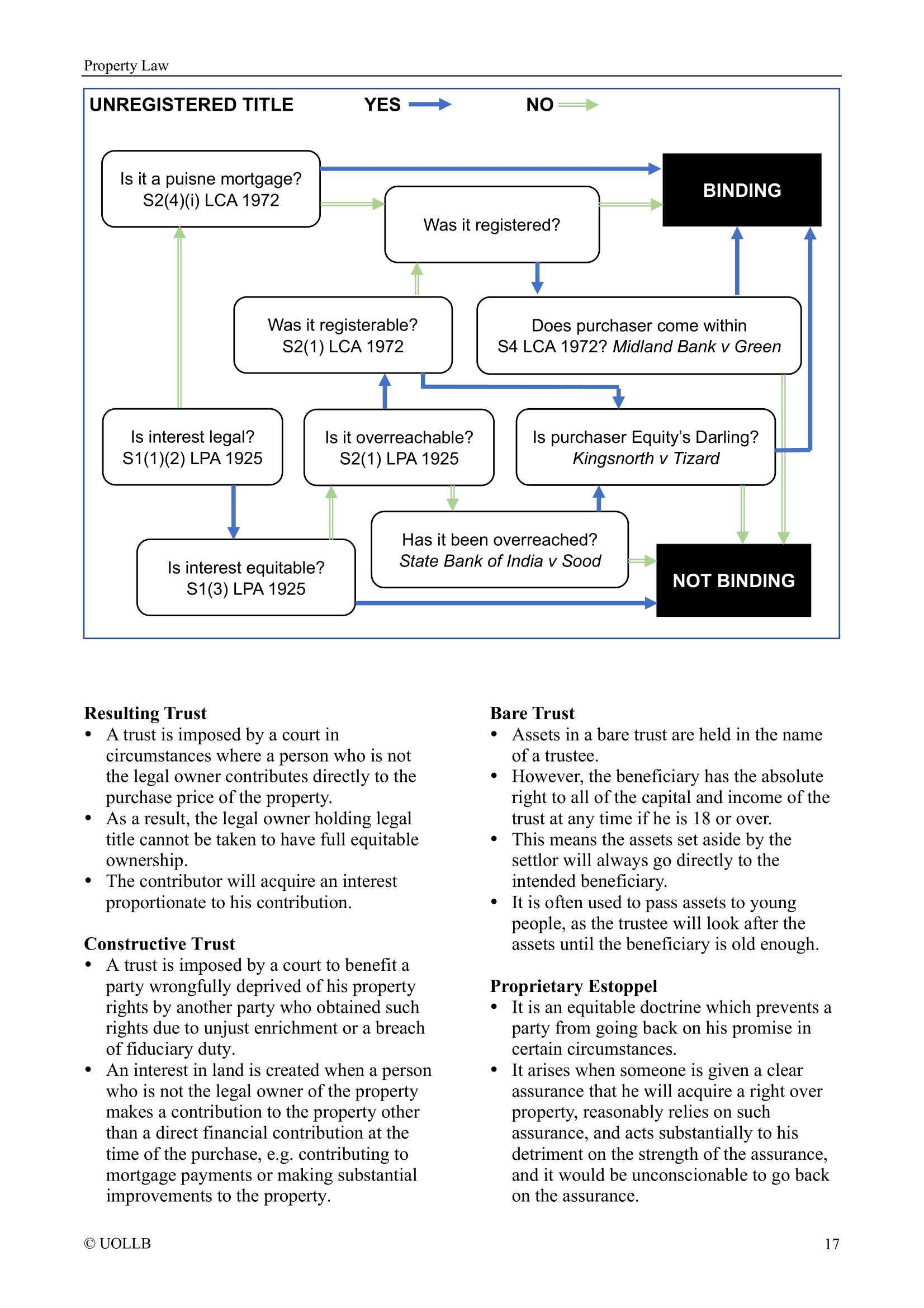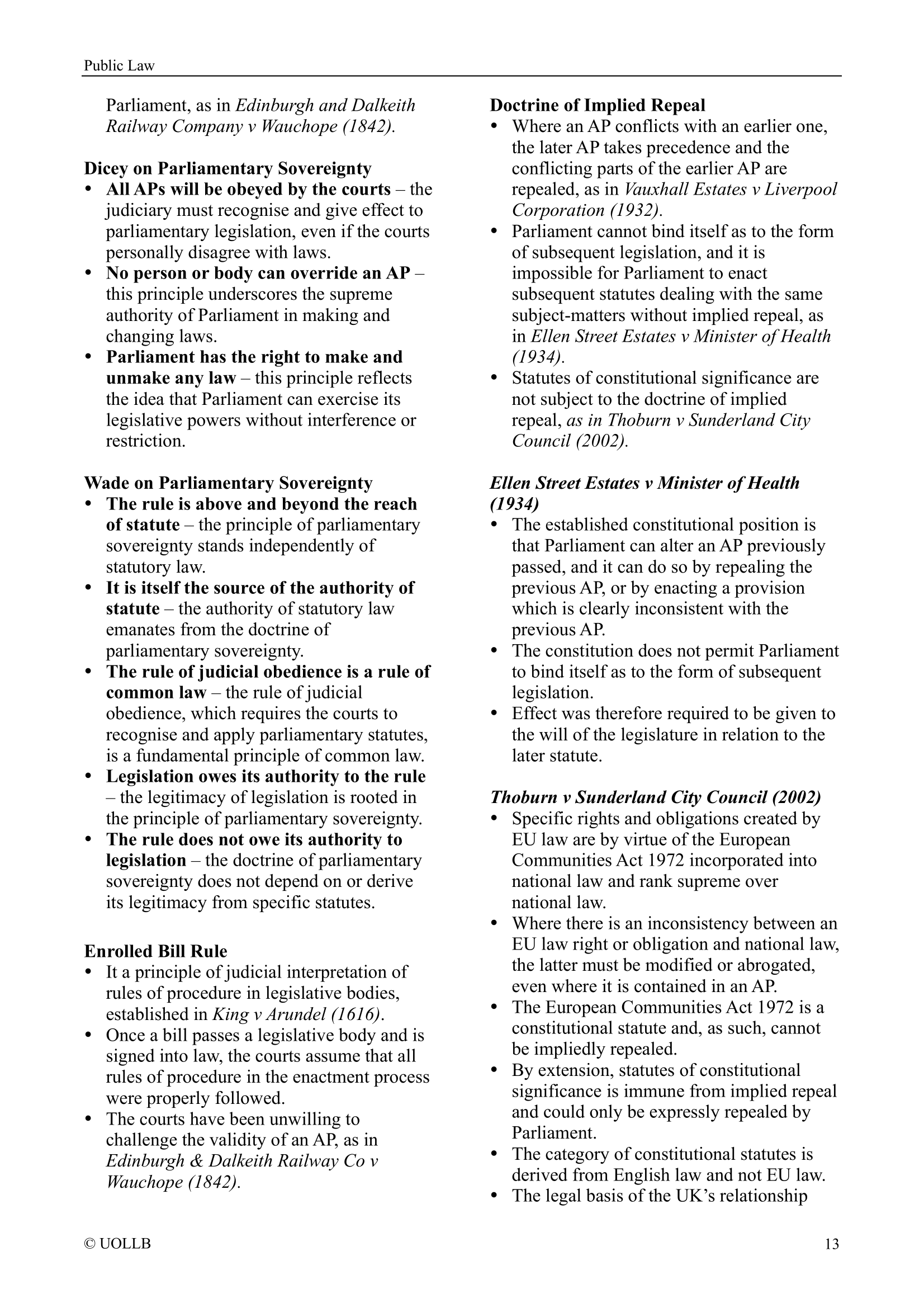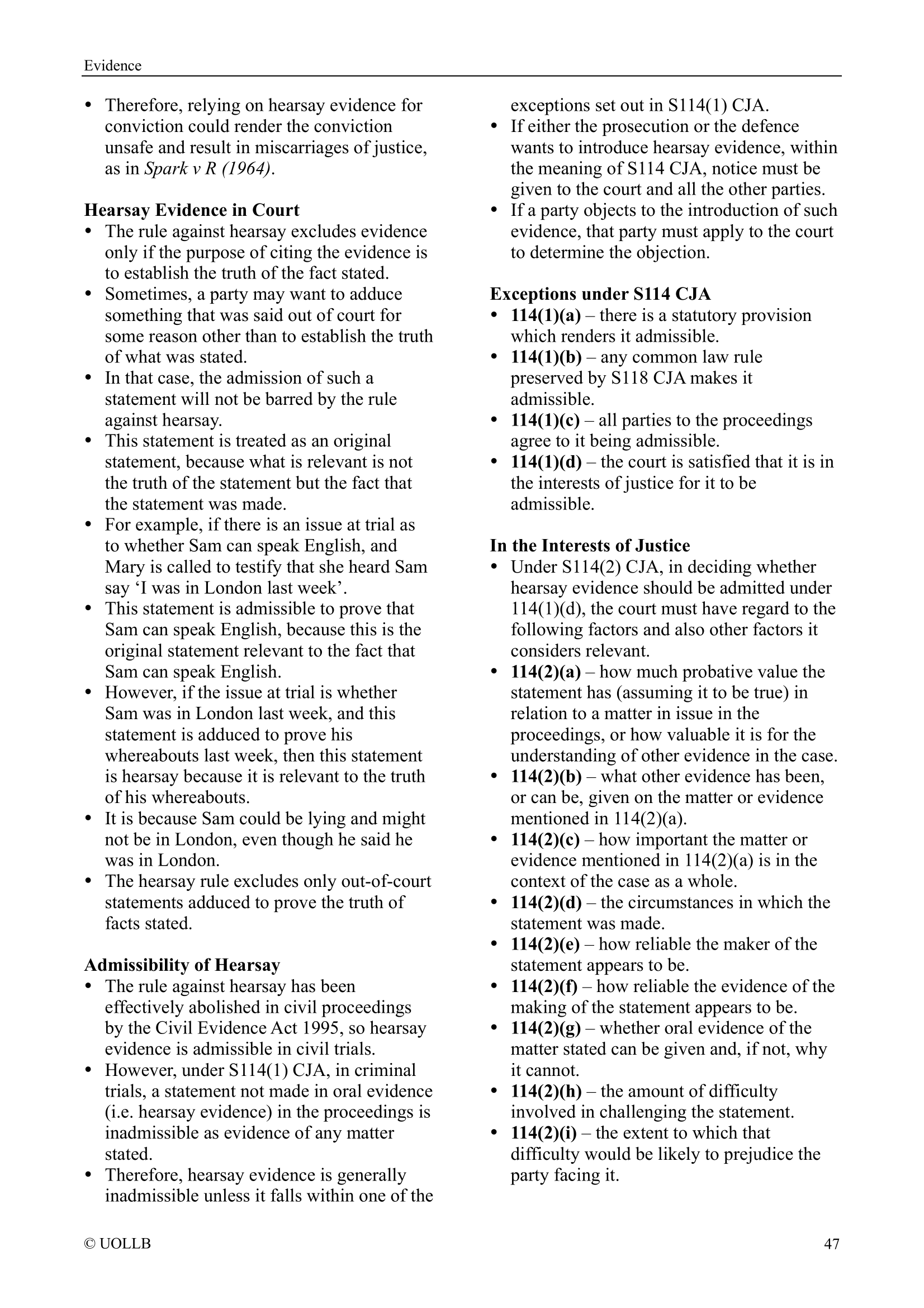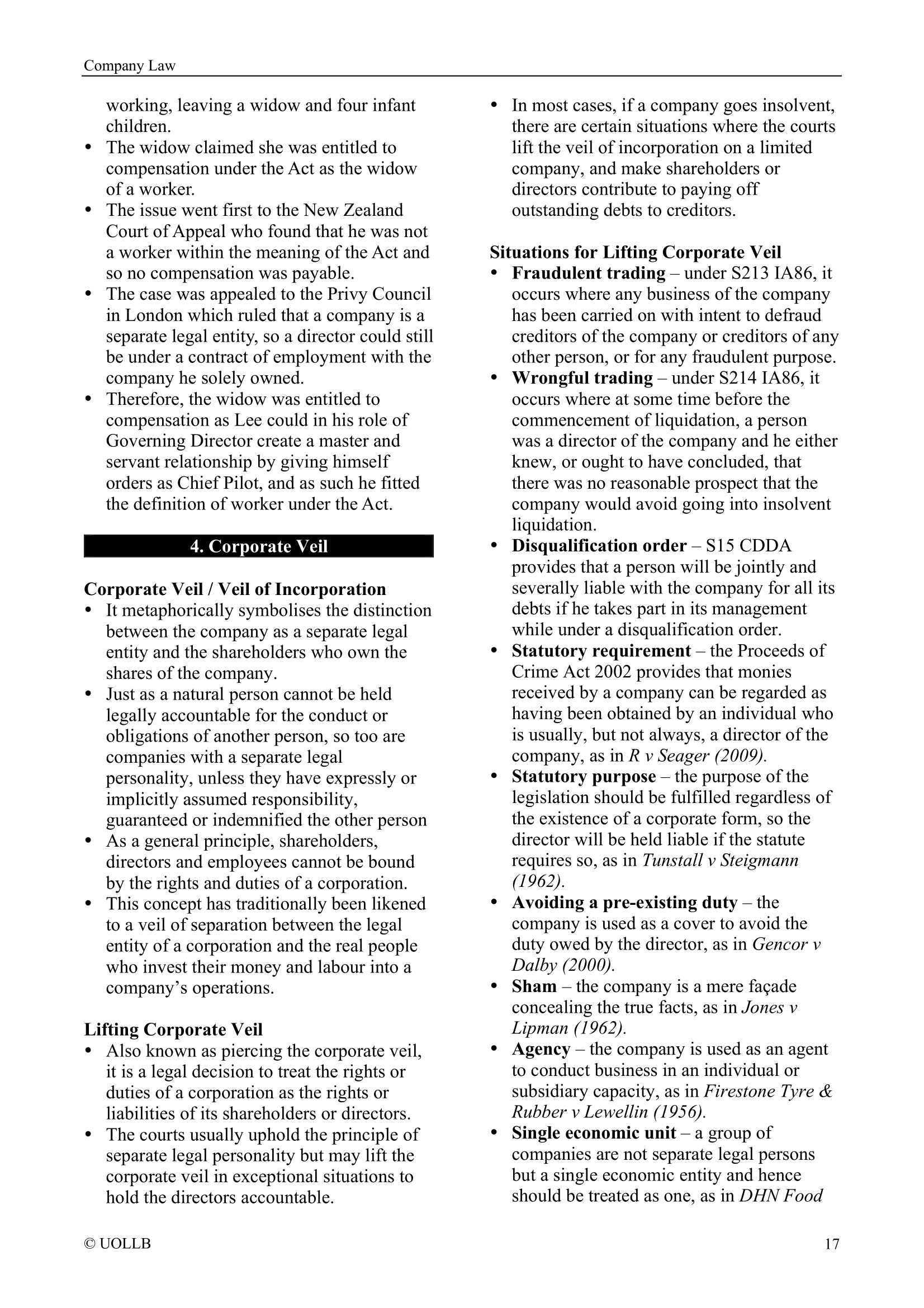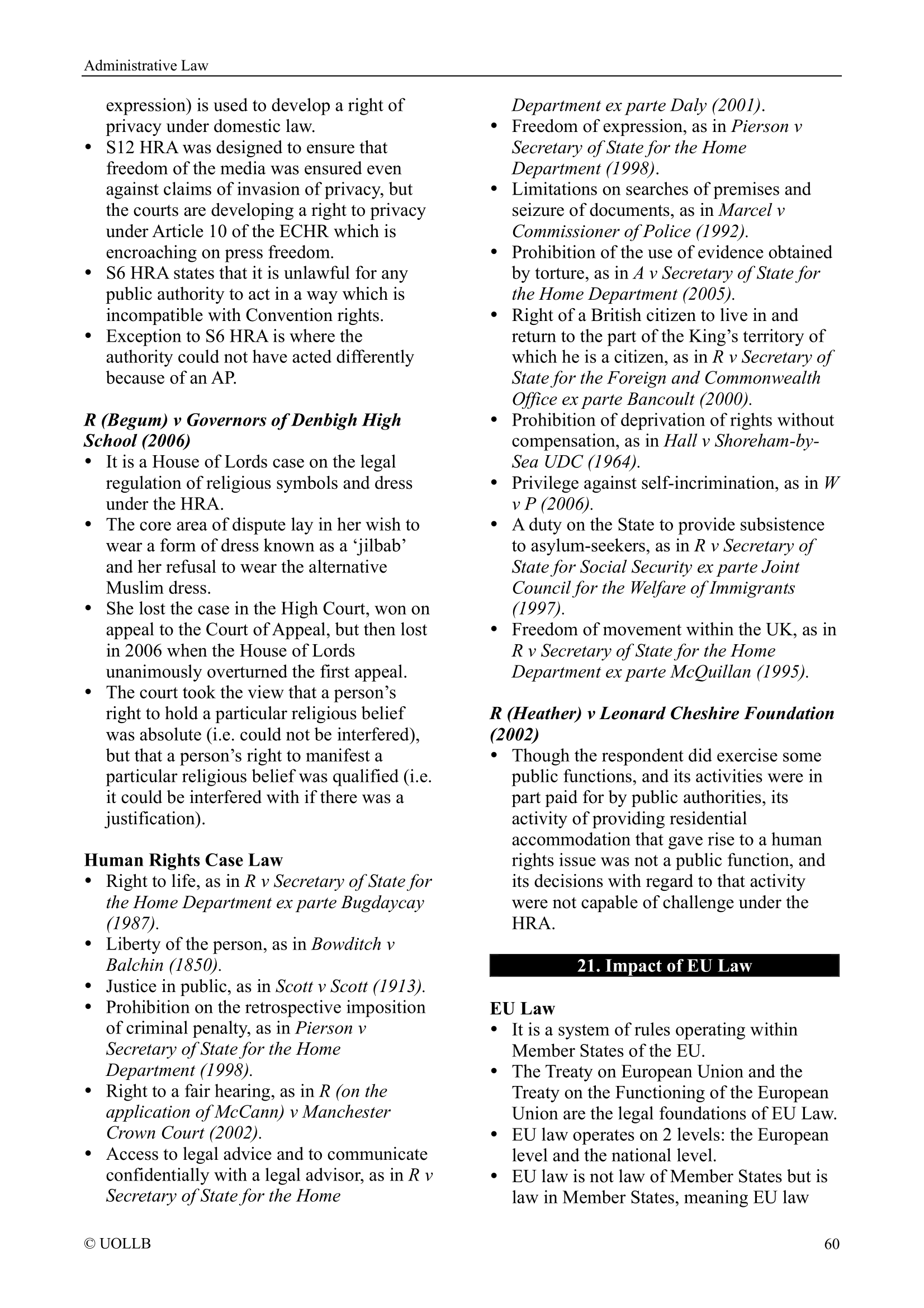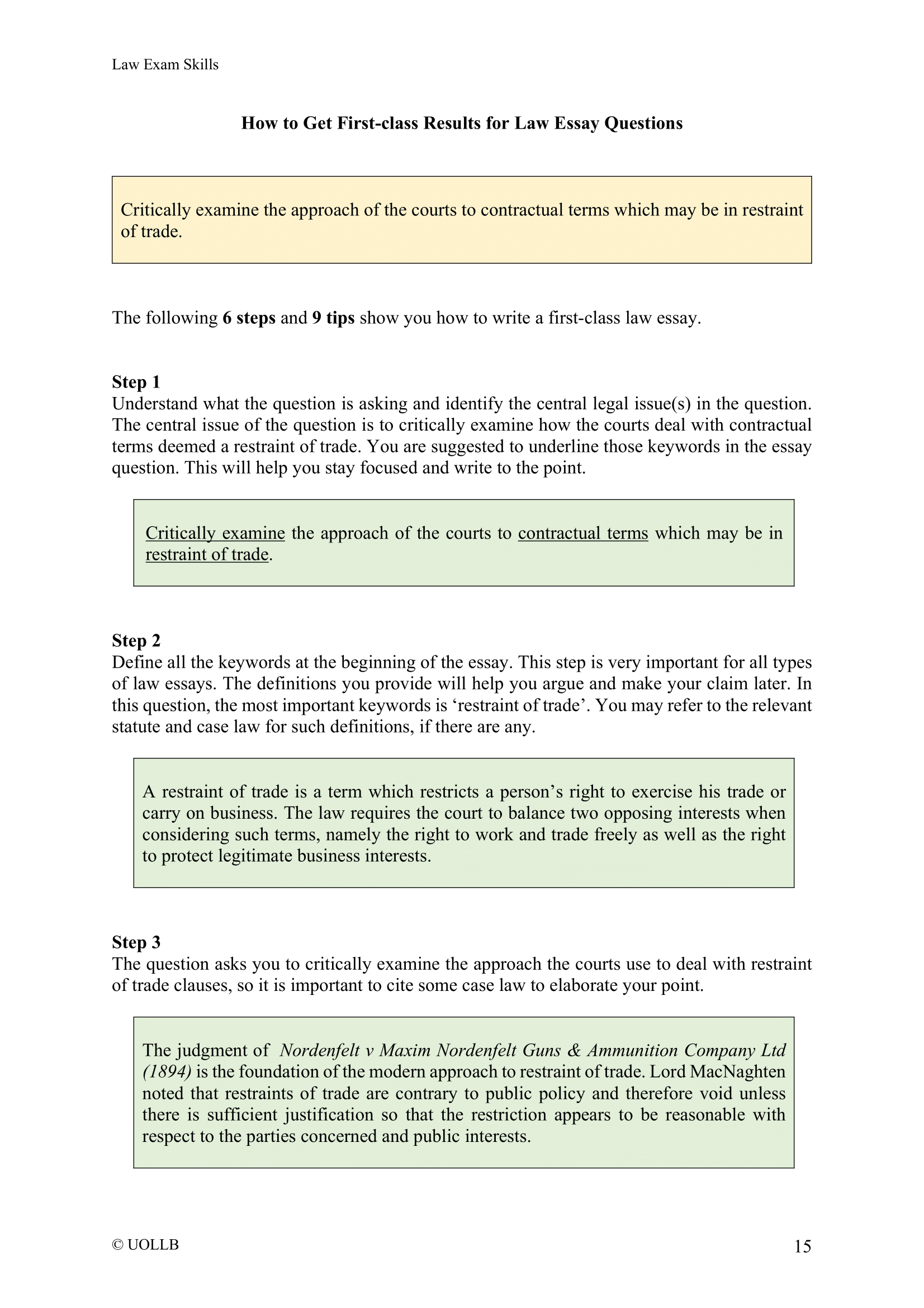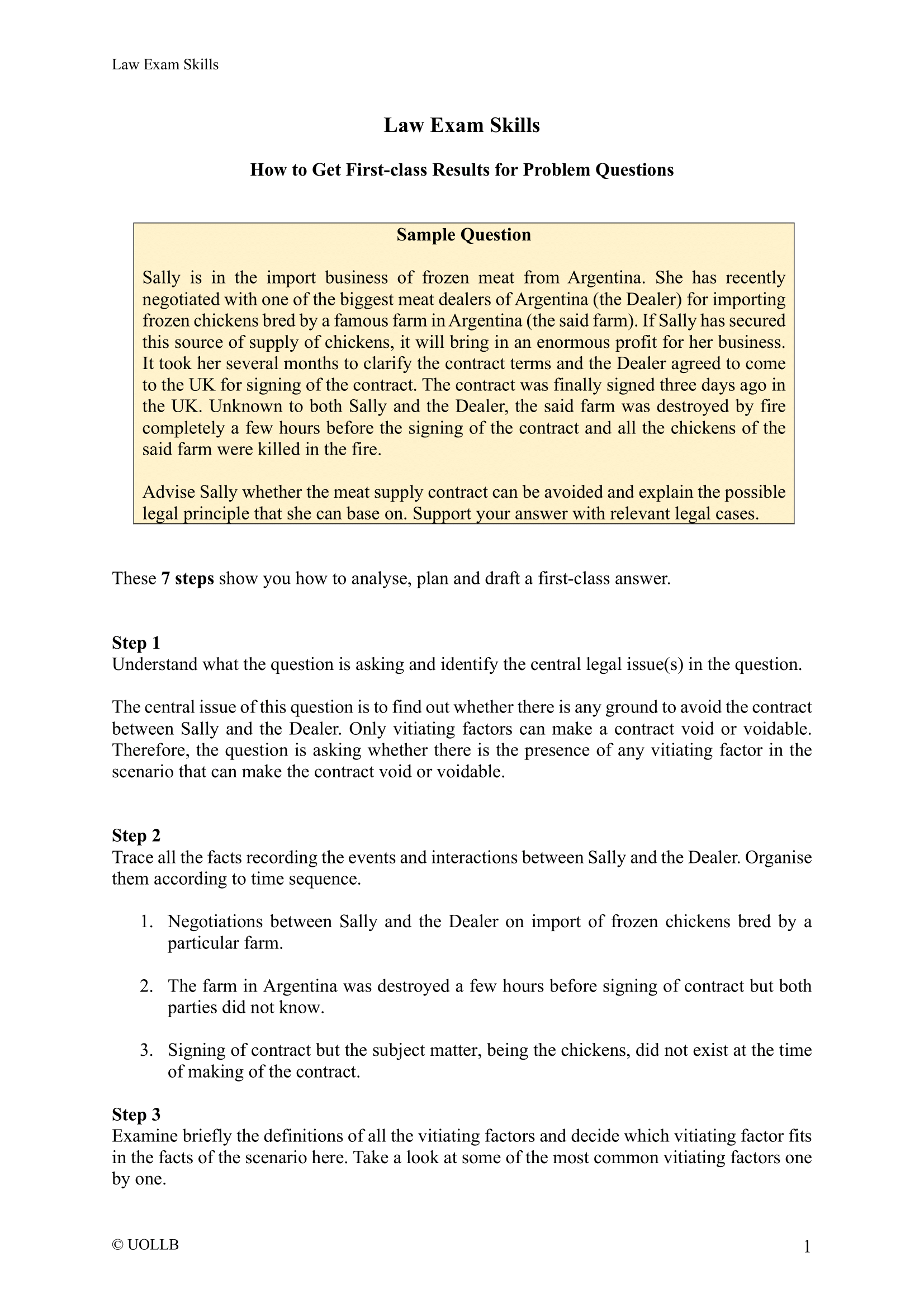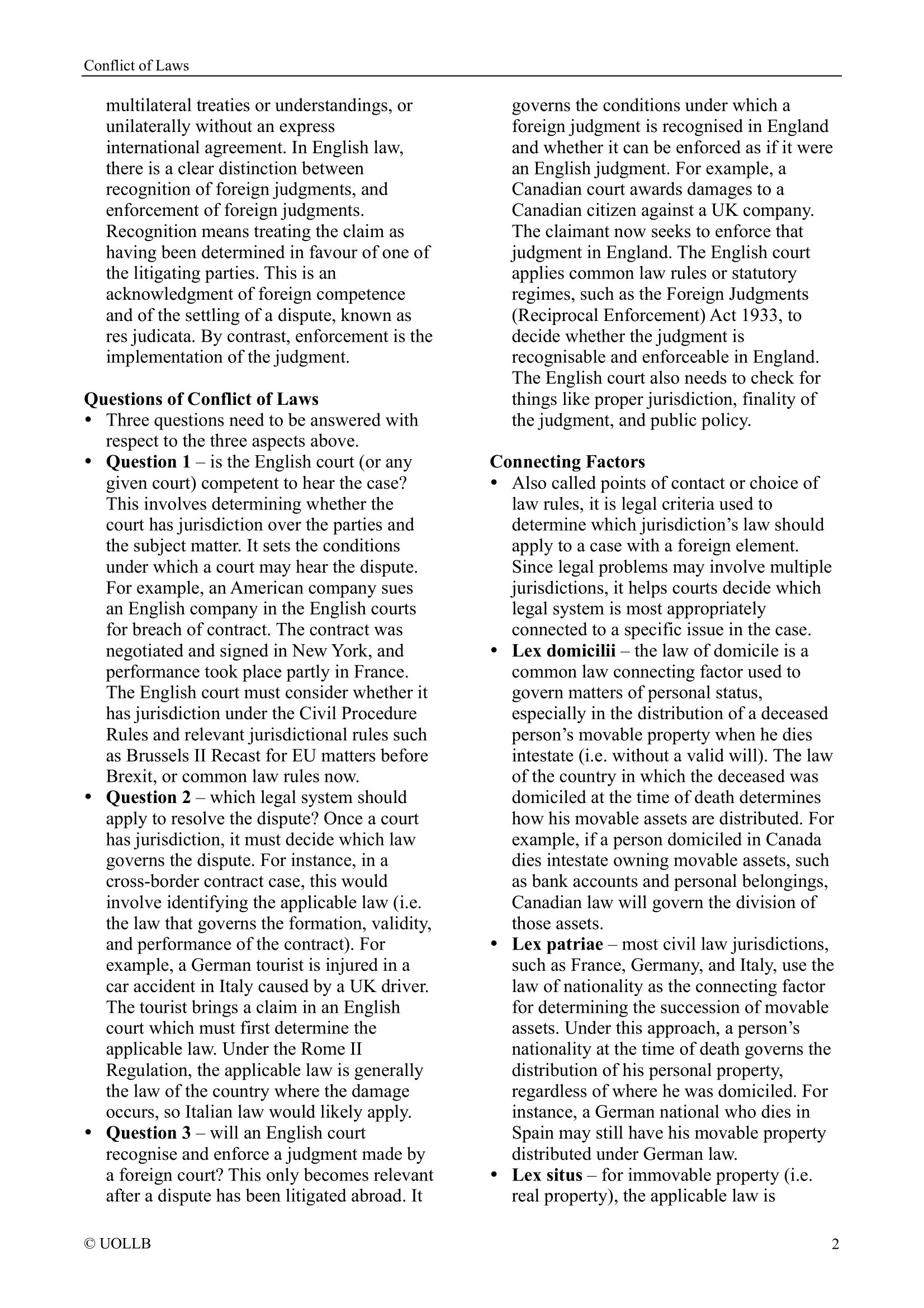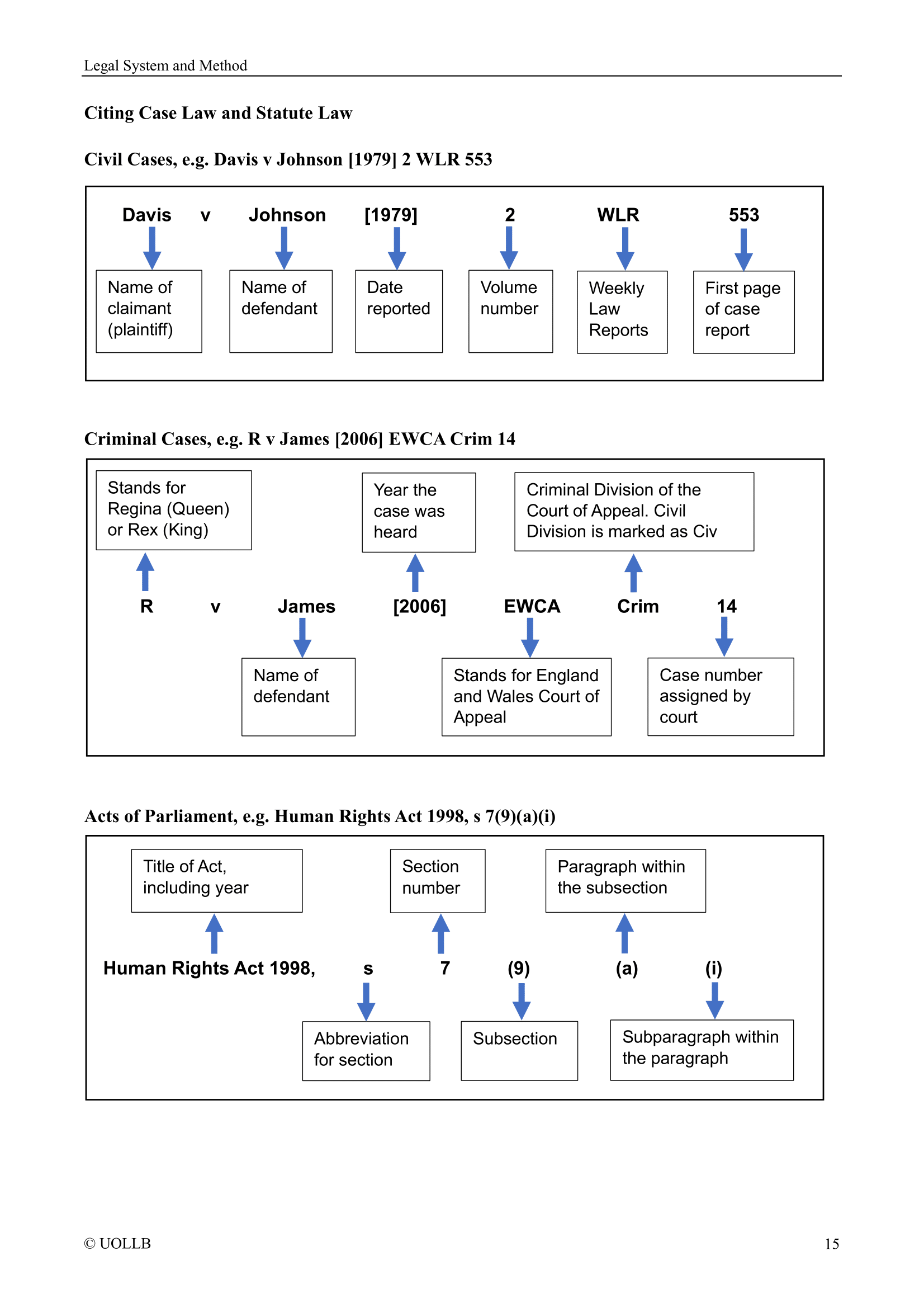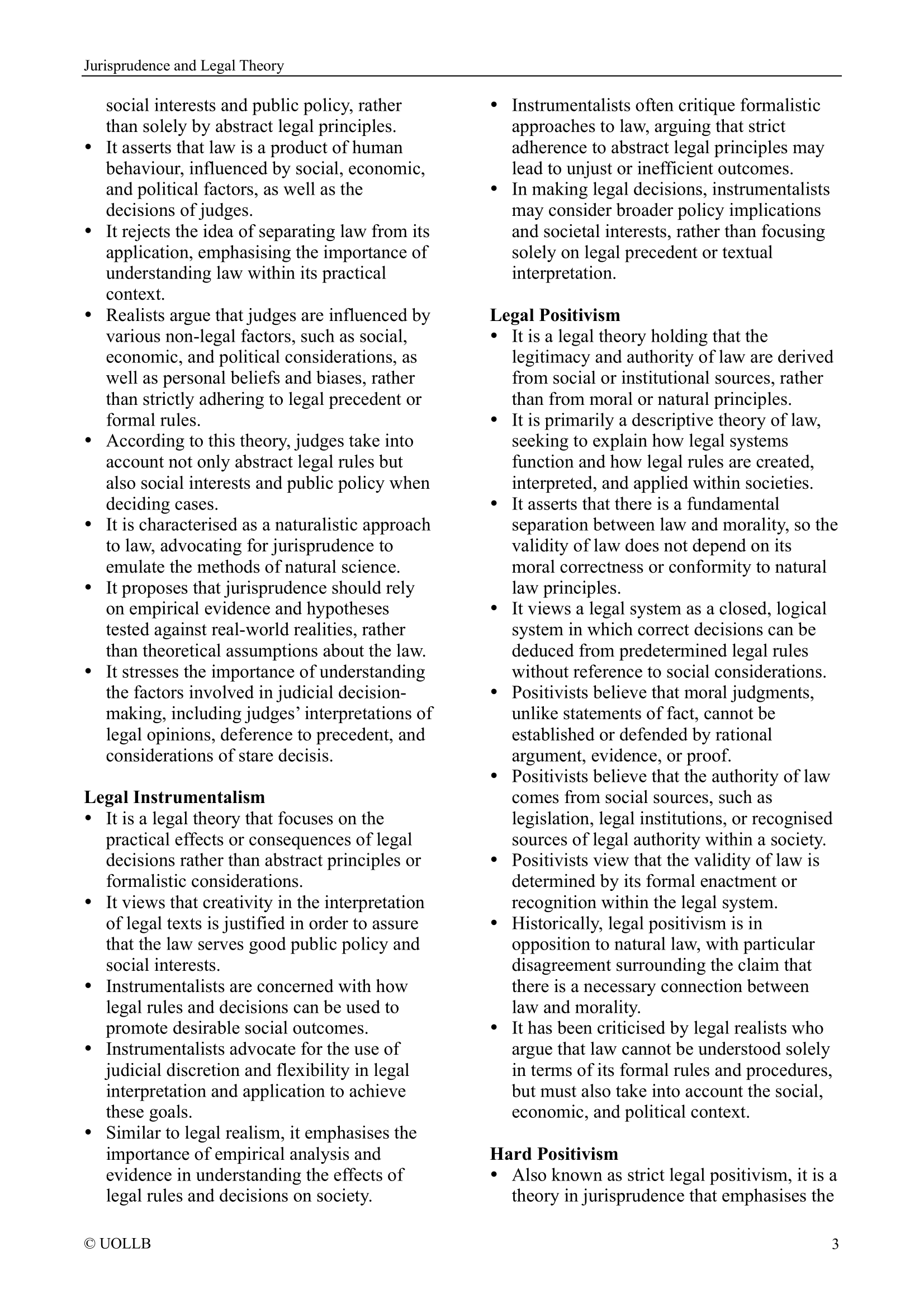Unity of Invention
Share
Unity of invention requires that the claims of a patent application must relate to a single invention, or to a group of inventions linked by a single general inventive concept. It is a fundamental principle in patent law serving to ensure that the subject matter claimed in a patent application is sufficiently related and linked by a common inventive concept.
The unity of invention requirement serves several purposes. It helps ensure the efficiency and effectiveness of the patent system by preventing applicants from unduly burdening the patent office with multiple unrelated inventions in a single application. It also promotes clarity and coherence in patent specifications and claims, making it easier for third parties to understand the invention and evaluate its novelty and inventive step.
The unity of invention requirement is typically assessed during the examination of a patent application. The patent office examiner evaluates the claims and determines whether they are directed to a single inventive concept or whether they encompass multiple distinct inventions. If the claims are found to lack unity, the examiner may request the applicant to divide the application into multiple separate applications, each covering a distinct invention.
The concept of unity of invention can be subjective and may vary across different patent offices and jurisdictions. The criteria for determining unity can include a technical relationship between the claimed inventions, a common technical problem addressed by the inventions, or a single inventive concept that links the inventions together. The specific rules and guidelines for assessing unity of invention can differ between patent systems.
It is important for patent applicants to carefully consider the unity requirement when drafting patent applications. Ensuring that the claims are sufficiently linked by a common inventive concept can help avoid objections and delays during the examination process. Seeking advice from a qualified patent professional, such as a patent attorney or agent, can be beneficial in assessing and addressing unity of invention issues in a patent application.
